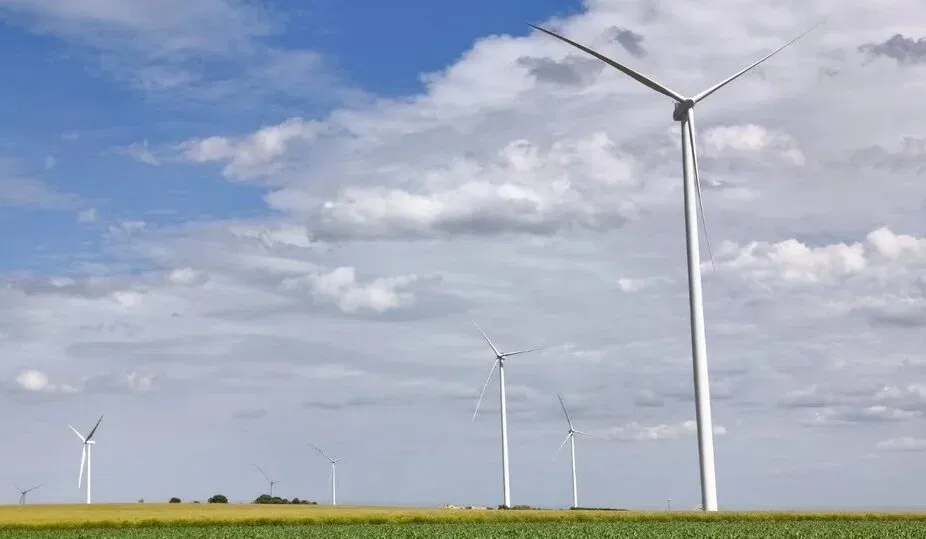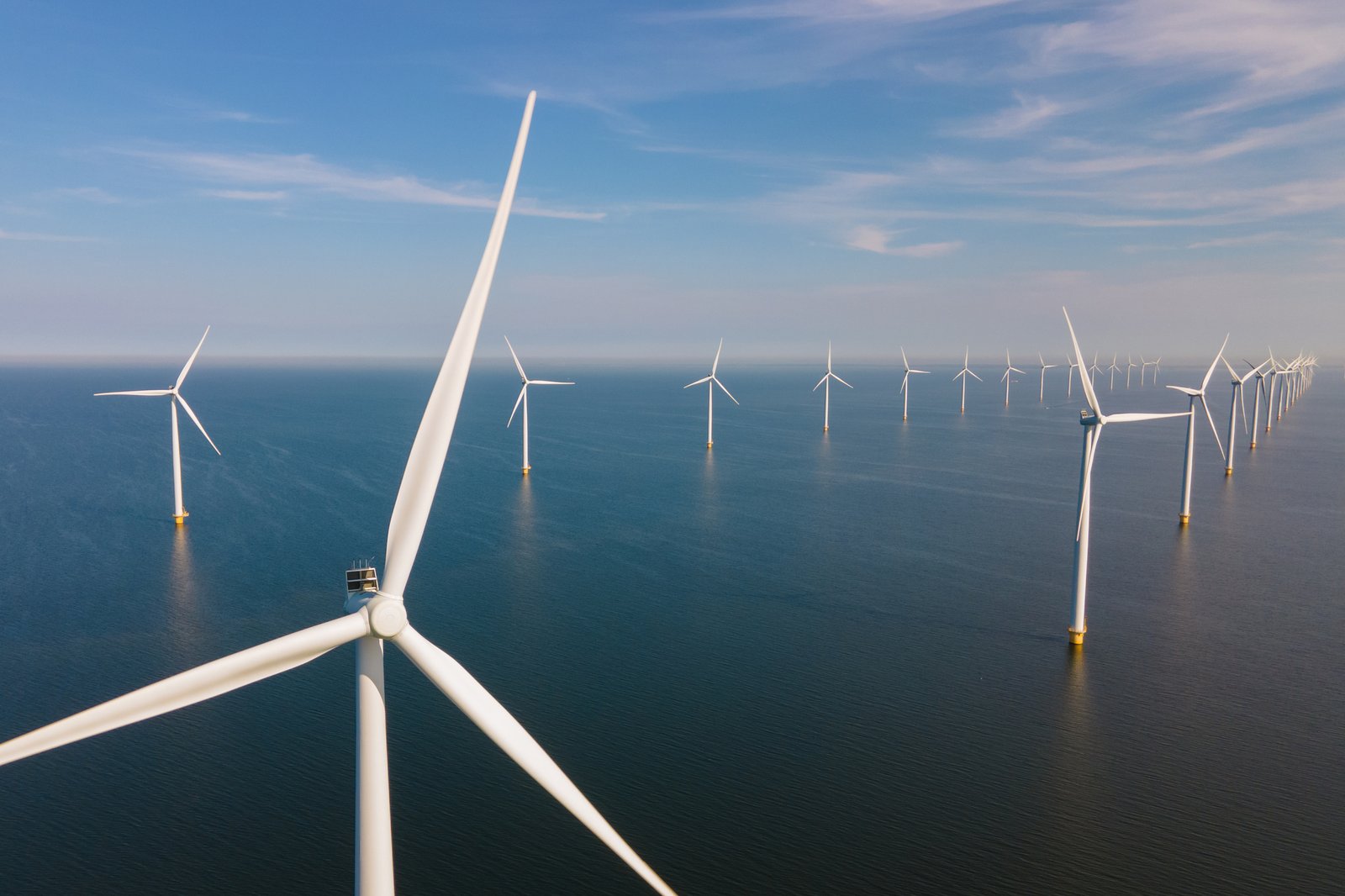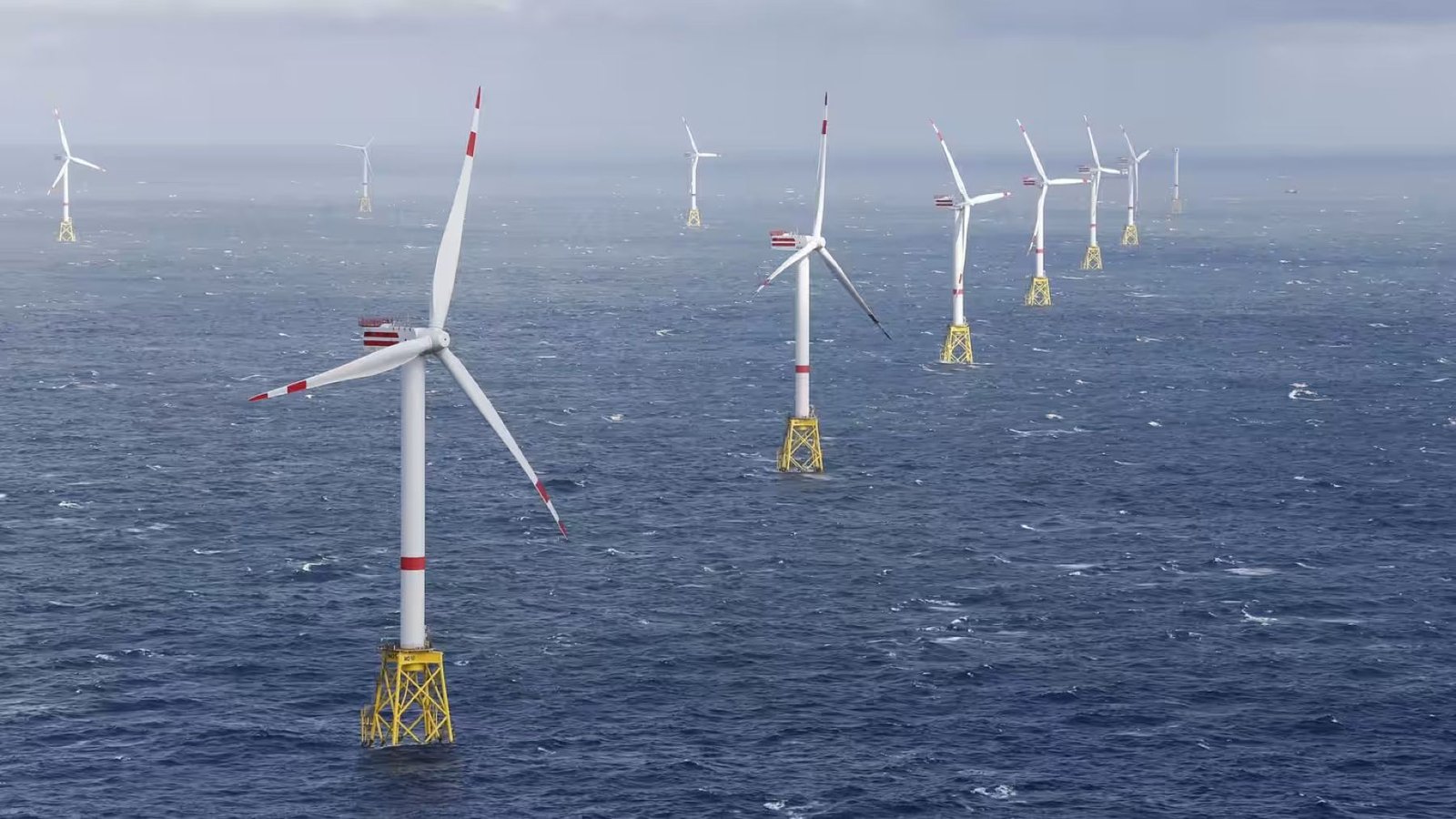Denmark’s wind energy sector faces a pressing issue: whether to rely on domestic production of turbine technologies or accept imports from China. This dilemma poses both financial and security challenges. Without Chinese components, production costs for wind energy systems could rise steeply, threatening the affordability of clean energy.
Currently, many European countries depend on Chinese manufacturers for essential wind turbine components. As global supply chains become increasingly interconnected, detaching from these sources within a few years is unrealistic. However, the reliance on foreign technology, particularly from China, raises concerns about cybersecurity and supply chain stability.
Denmark emphasizes the importance of establishing clear limits on the integration of Chinese technology in its electricity grid. This approach aims to balance the need for affordable energy solutions while ensuring the security of critical infrastructure. Denmark’s strategy focuses on maintaining control over turbine technologies to prevent potential vulnerabilities associated with foreign software and hardware.
Industry experts argue that while some collaboration with Chinese firms may be necessary, Europe must prioritize developing its own capabilities. Investments in local manufacturing and research can bolster the continent’s independence in wind technology. This shift not only supports local economies but also enhances the resilience of energy supply chains.
The future of Denmark’s wind sector and, by extension, Europe’s energy landscape depends on addressing these challenges. A coordinated effort to bolster domestic production while managing necessary imports could lead to a more sustainable and secure energy future for the region.




